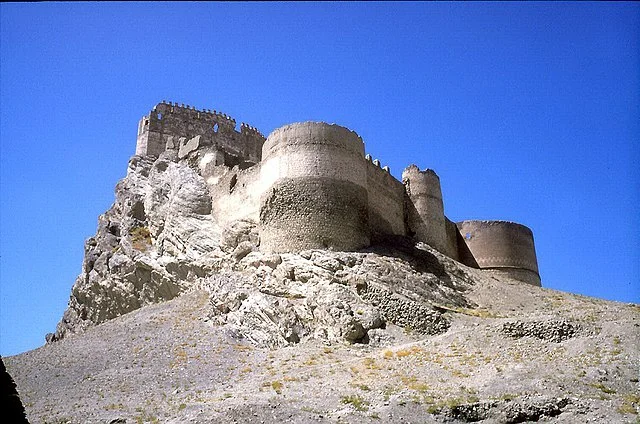Hoşap Castle, located in southeastern Turkey, is a significant medieval fortress known for its well-preserved architecture and strategic history. Situated in the Van Province, it overlooks the Hoşap River, which is critical to the area’s defense and settlement history. Built primarily in the 17th century, the castle served as a defensive stronghold and administrative center for the region’s Kurdish rulers.
Get your dose of History via Email
Historical Background
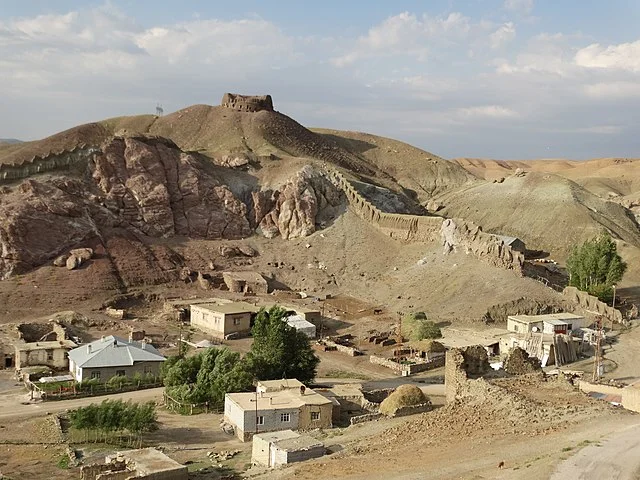
The origins of Hoşap Castle trace back to earlier centuries when the region saw extensive construction under the Armenian and Kurdish principalities. However, the existing structure of Hoşap Castle dates primarily to 1643 AD. This is when Mahmudi Suleiman, the local Kurdish emir, led a significant construction phase, establishing the castle as a fortified administrative and military base.
Suleiman designed Hoşap Castle to resist both local rivalries and Ottoman control. The Mahmudi family, who ruled the surrounding region, wanted the castle to demonstrate their power and independence. Yet, the castle also indicates their allegiance to the Ottoman Empire through architectural and symbolic features. Suleiman’s efforts reflect the balance between autonomy and loyalty that marked his rule.
Architectural Features
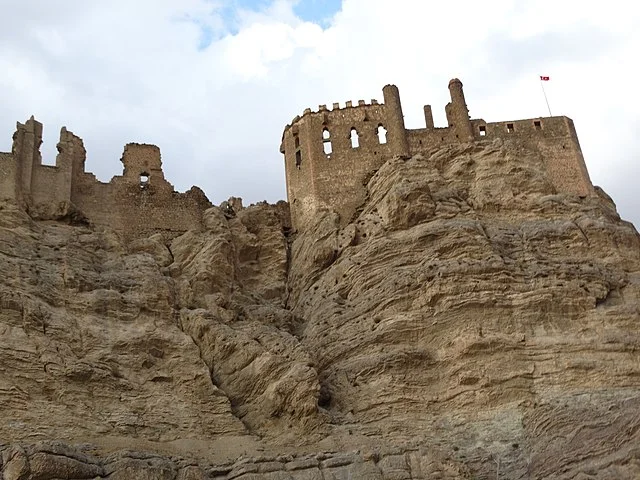
Hoşap Castle displays a blend of local Kurdish architectural styles and Ottoman influences, resulting in a unique structure. Its construction mainly utilizes stone and mudbrick, materials readily available in the region. The castle is known for its strategic use of the rocky terrain, built into a steep hill that increases its defensive advantage.
The main entrance is particularly notable for its intricate reliefs and inscriptions. These decorations include calligraphy praising Mahmudi Suleiman and symbols that highlight his authority. Inside, the castle contains various chambers, including rooms for military use, storage, and administration. A mosque and a bathhouse (hammam) within the fortress reflect the era’s lifestyle and architectural priorities.
Defensive Design
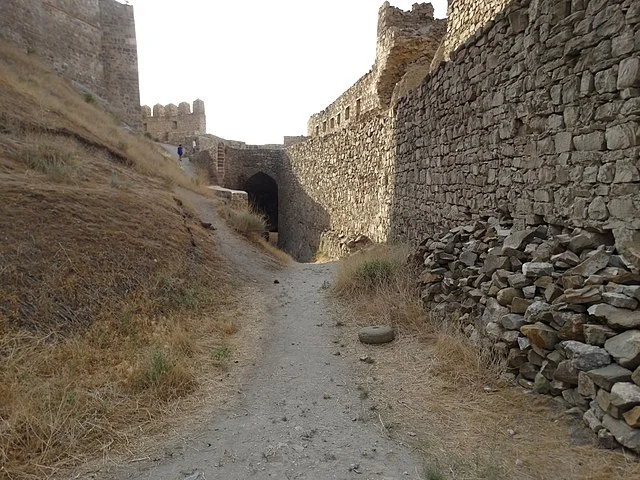
Hoşap Castle’s defensive features are among its most impressive aspects. The castle’s high, thick walls, combined with the natural cliffs around it, created a formidable barrier against invaders. Towers and watchpoints allowed guards to observe and respond to any approaching threats quickly. The primary gate, constructed with iron reinforcements, provided additional security and control over who entered the stronghold.
Water access was also essential for the castle’s long-term defense. The builders ensured that the fortress had reliable access to fresh water from the Hoşap River and underground cisterns. This feature was crucial during sieges, allowing the defenders to hold out against prolonged attacks.
Symbolism and Inscriptions
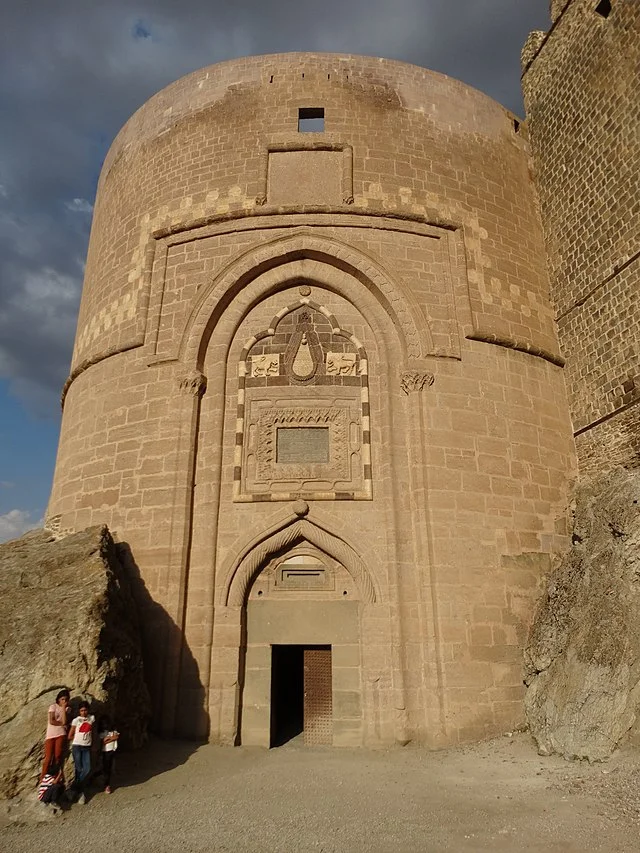
The inscriptions at Hoşap Castle provide insights into the political ambitions of the Mahmudi family. Mahmudi Suleiman ordered several inscriptions in Persian and Arabic to commemorate his rule and justify his authority. These inscriptions reflect his desire for legitimacy and respect from both his subjects and the Ottoman Empire.
One of the most notable inscriptions includes praise for Suleiman and his achievements. Such inscriptions were not merely decorative but served as visual reminders of Suleiman’s power. They also reinforced his connection to the Islamic world by using Arabic, the language of the Quran, thus aligning him with Ottoman and Islamic authority.
Archaeological Significance

Hoşap Castle holds significant archaeological value. It provides insights into the Kurdish and Ottoman relationship and the medieval construction techniques of the region. Excavations and studies conducted at the site reveal not only the castle’s structure but also artifacts such as ceramics, coins, and weaponry. These findings allow historians to understand daily life within the fortress and the economic and political networks connected to it.
Moreover, the site offers clues about regional architectural styles and adaptations. Archaeologists have noted the castle’s combination of Persian, Kurdish, and Ottoman influences, making it an essential case study in the multicultural heritage of eastern Anatolia.
Preservation and Current Status
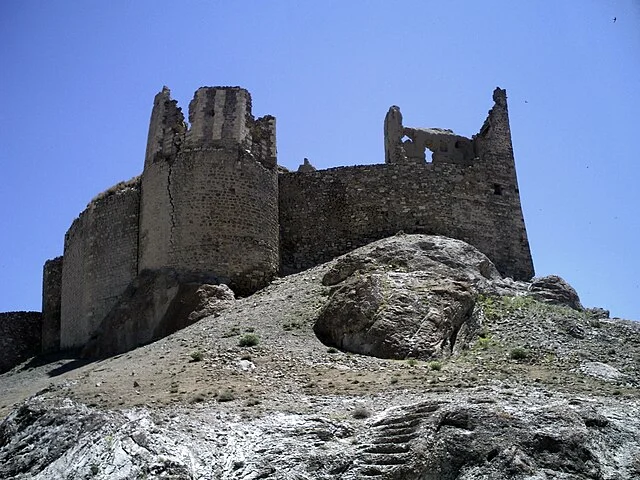
Today, Hoşap Castle is recognized as an important historical and cultural landmark in Turkey. Efforts to preserve and restore the castle are ongoing. The Turkish Ministry of Culture and Tourism has overseen various restoration projects to maintain its structure and prevent erosion. These projects aim to retain the historical integrity of the site while making it accessible to visitors and researchers.
However, the castle faces challenges, including weather-related erosion and limited funding for extensive conservation work. Despite these difficulties, Hoşap Castle remains a popular site for tourists and scholars alike, highlighting Turkey’s medieval heritage and the rich history of the Kurdish principalities.
Conclusion
Hoşap Castle stands as a testament to the strategic and cultural significance of eastern Anatolia in the medieval period. Built to defend and impress, it embodies the ambitions of Mahmudi Suleiman and reflects a blend of Kurdish independence and Ottoman allegiance. The castle’s architecture, inscriptions, and artifacts continue to provide valuable information for understanding the historical dynamics of the region. As both a historical monument and archaeological site, Hoşap Castle offers an enduring link to the complex history of southeastern Turkey.
Source:

